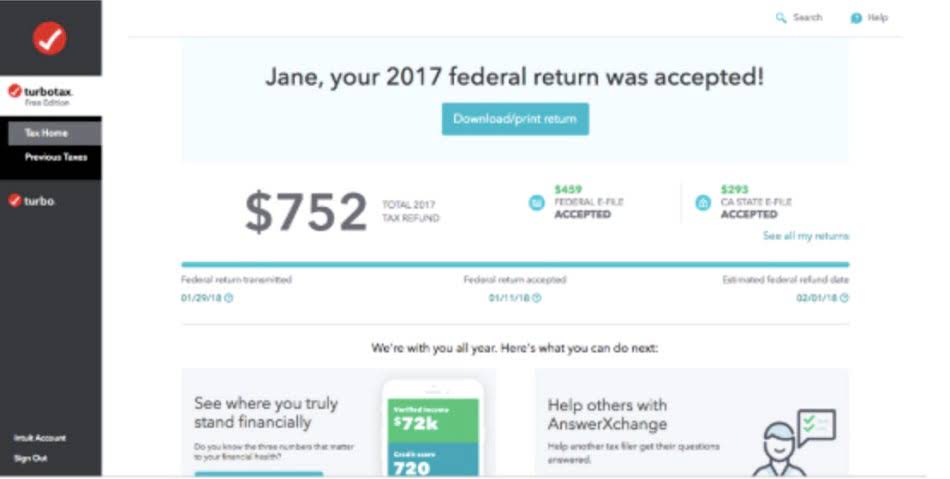
The accounting equation plays a significant role as the foundation of the double-entry bookkeeping system. It is based on the idea that each transaction has an equal effect. It is used to transfer totals from books of prime entry into the nominal ledger. Every transaction is recorded twice so that the debit is balanced by a credit.
Build strong financial evolution zenith site strategies with EvolutionZenith AI intelligence
Example balance sheet

As a CARES Act result, there is no income statement effect from this or earlier transactions. In our examples below, we show how a given transaction affects the accounting equation for a corporation. We also show how the same transaction will be recorded in the company’s general ledger accounts.
Cash
As a result of this transaction, the asset (cash) and the liability (accounts payable) both decreased by $8,000. This transaction results in an equal increase in assets and owner’s equity by $20,000. An owner has the right to take money or other assets for personal use.

Assets: What You Own
Assets are the resources that are held by the company in order to function and operate in the relevant industry. In this regard, it is also important to point out that assets can be termed as intermediaries that help companies generate considerable money. As mentioned earlier, the accounting equation broadly entails expanded accounting equation three components. The accounting equation tends to be the first and the foremost element of accounting, and based on this equation, the concepts are subsequently formed. But understanding the accounting equation doesn’t make the rest of your job any easier. Keep an eye on how profits, losses, and owner distributions affect it.
- Additionally, it doesn’t directly measure profitability or efficiency, requiring supplemental financial statements like income statements and cash flow reports for comprehensive insights.
- Creditors are owed $175,000, leaving $720,000 of stockholders’ equity.
- It will be closed at the end of the year to the owner’s capital account.
- Liabilities often have the word “payable” in the account title.
- As technology advances, its application becomes even more seamless, enabling businesses to focus on strategy and growth while maintaining financial integrity.
- The formula stays the same, but values fluctuate with transactions.
What is asset? Definition, Explanation, Types, Classification, Formula, and Measurement
Ted decides it makes the most financial sense for Speakers, Inc. to buy a building. Since Speakers, Inc. doesn’t have $500,000 in cash to pay for a building, it must take out a loan. Speakers, Inc. purchases a $500,000 building by paying $100,000 in cash and taking out a $400,000 mortgage. This business transaction decreases assets by the $100,000 of cash disbursed, increases assets by the new $500,000 building, and increases liabilities by the new $400,000 mortgage. Owners can increase their ownership share by contributing money to the company or decrease equity by withdrawing company funds.

He has worked as an accountant and consultant for more than 25 years and has built financial models for all types of industries. He has been the CFO or controller of both small and medium sized companies and has run small businesses of his own. He has been a manager and an auditor with Deloitte, a big 4 accountancy firm, and holds a degree from Loughborough University. Liabilities are what it owes, and equity is the amount of the company that belongs to the business owner. Liabilities can simply be defined as the amount that the company owes to its suppliers, in exchange of goods (or services) that have already How to Run Payroll for Restaurants been provided for but not yet paid for.
